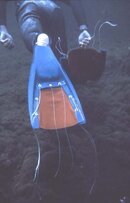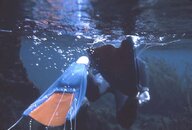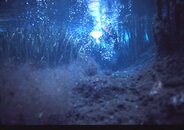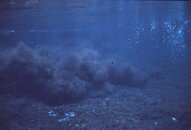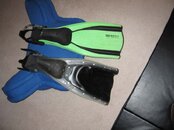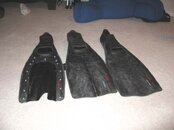Oh, I forgot to mention: I used my Scubapro Hydros Pro BC, SP Everflex 3mm wetsuit, 3mm Bare hood, Bare Tropical gloves, SP MK19/G260/S600, BigBlue 8000 Lumen lights, Ratio iX3M Tech+ computer with transmitter, D Mask with SP Snorkel in addition to my SP SuperNovas.
OMG, OMG, OMG, I forgot to mention that I saw a trumpet fish for the FIRST time ever in Libya in 3 meters when I was very close to the exit point. It must be the fins




